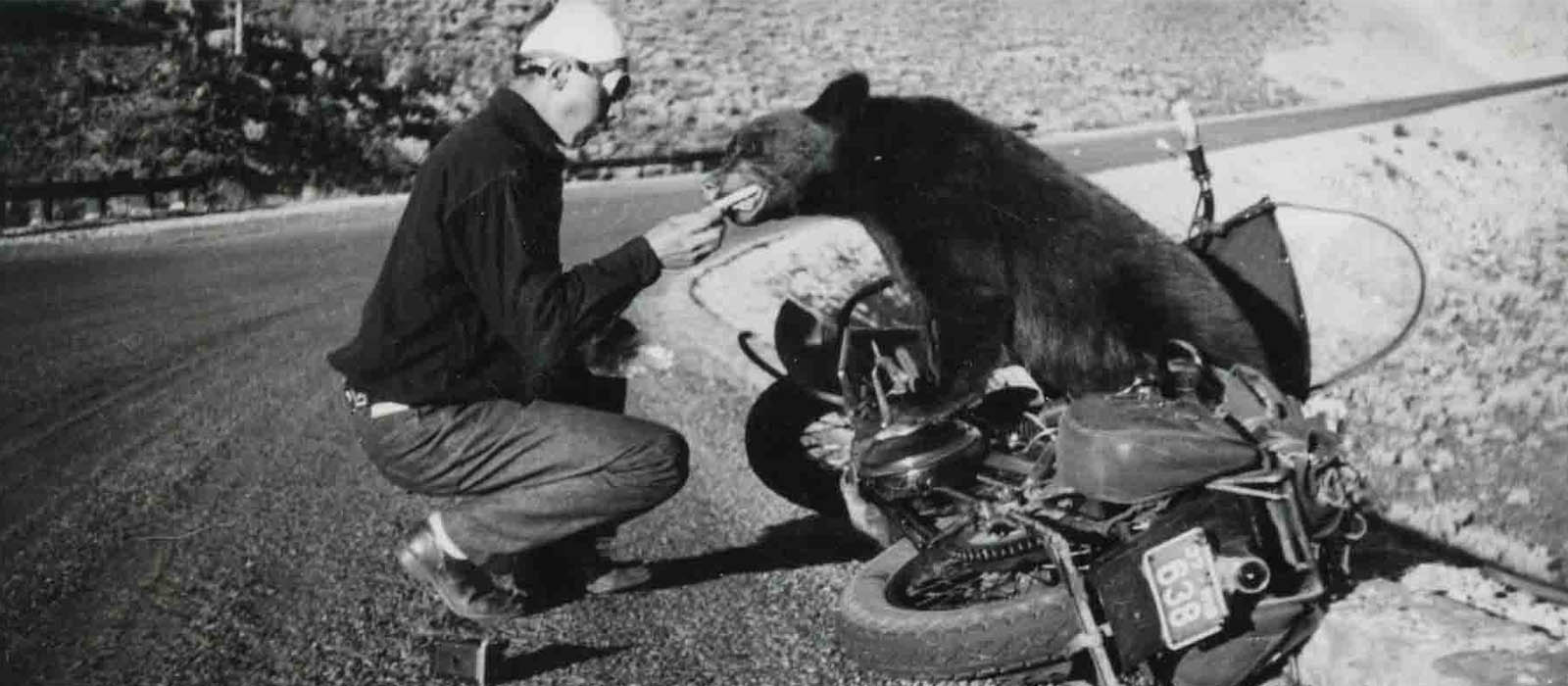Historic
President Teddy Roosevelt called the stretch of highway between Cody, WY and the East Gate of Yellowstone National Park “the 50 most beautiful miles in America.”
The fifty miles referred to by President Roosevelt, located between Yellowstone and Cody, is known as East Yellowstone or Wapiti Valley. The valley begins at Yellowstone National Park’s east gate and stretches through Shoshone National Forest and Buffalo Bill State Park to Cody, Wyoming. The valley was shaped by the Shoshone River as it flowed out of Yellowstone National Park and is cradled by the strikingly beautiful volcanic rocks of the Absaroka Mountains.
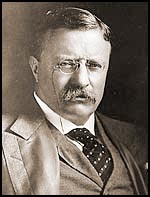
- 1870’s -
In 1872, Yellowstone National Park was established as America’s First National Park by President Ulysses S. Grant, who signed a law declaring that Yellowstone would forever be “dedicated and set apart as a public park or pleasuring ground for the benefit and enjoyment of the people.”
Yellowstone National Park is a geothermal wonder created by a massive volcanic eruption over 640,000 years ago. Yellowstone currently covers 3,470 square miles in the Northwestern corner of Wyoming. The park is famous for geysers, hot springs, geothermal features such as Old Faithful, and wildlife such as grizzly bears, wolves, and free-ranging herds of bison and elk. Yellowstone National Park got its name from its location at the headwaters of the Yellowstone River.
Cody, Wyoming was established in 1896 by wild west showman, William F. Cody, famously known as “Buffalo Bill Cody” or the “The Scout”, along with a group of investors from Buffalo, New York, and George T. Beck and Holger Alger of Sheridan, Wyoming who formed the Shoshone Land and Irrigation Company.
The founding fathers of Cody realized the potential for tourism. With Yellowstone National Park only fifty miles away and the town surrounded by thousands of acres of wilderness, the city would lure tourists from all over the world. William F. Cody brought many dignitaries and heads of state to Cody to hunt during the off-season of the Wild West Show. Cody country had an abundant game and was developing into a sportsman’s paradise. Guiding and outfitting services flourished and guest and dude ranches began springing up to accommodate tourists brought in by the Burlington Railroad.
ABOUT BUFFALO BILL CODY
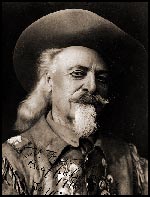 Previous to the establishment of Cody, Wyoming, Buffalo Bill Cody, a Pony Express Rider, wagon master, stagecoach driver, Civil War soldier and even hotel manager, earned his nickname for his skill while supplying Kansas Pacific Railroad workers with buffalo meat. He was about to embark on a career as one of the most illustrious prairie scouts of the Indian Wars.
Previous to the establishment of Cody, Wyoming, Buffalo Bill Cody, a Pony Express Rider, wagon master, stagecoach driver, Civil War soldier and even hotel manager, earned his nickname for his skill while supplying Kansas Pacific Railroad workers with buffalo meat. He was about to embark on a career as one of the most illustrious prairie scouts of the Indian Wars.
From 1868 through 1872 he was employed by the U.S. Army as a scout. He won the Congressional Medal of Honor in 1872 and was ever after the favorite scout of the Fifth Cavalry. The men of the Fifth considered Buffalo Bill to be “good luck.” He kept them from ambush, he guided them to victory, and his own fame reflected glory on the regiment. Cody considered himself lucky too. He was lucky to have been wounded in action just once, and then it was “only a scalp wound.” But mostly he felt lucky to have been in the right place at the right time.
In 1872 he appeared on stage for the first time, playing himself in “Scouts of the Prairie.” Thereafter he continued to act in the winter and scout for the Fifth Calvary in the summer.
In 1883, Buffalo Bill Cody formed an arena show of the Western experience called Buffalo Bill’s Wild West. His show toured the United States and Europe for 30 years.
- 1890's -
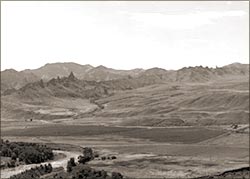
In 1891, the area now known as the Shoshone National Forest, America’s First National Forest, was part of the Yellowstone Timberland Reserve. The forest was created by an act of Congress and signed into law by President Benjamin Harrison. The Shoshone National Forest is comprised of 2.4 million acres of varied terrain ranging from sagebrush flats to rugged snow-clad mountains.
The Shoshone has rich biodiversity and is home to numerous streams, lakes, reservoirs, geological finds, and wildlife. The Oregon Trail, the 19th century covered wagon route, passes just South of Shoshone National Forest through South Pass. The forest is part of the Greater Yellowstone Ecosystem, an unbroken expanse of federally protected lands covering an estimated 20 million acres.
The Shoshone National Forest was named after the “Shoshone Indians.” Archaeological evidence in the forest suggests the presence of Indian tribes in the area back at least 8,000 years. The forest provided an ample supply of game, wood, and shelter and the mountainous regions were frequented by the Shoshone and Sioux Indians for spiritual healing and vision quests.
In the early 1800s, the forest was visited by now famous mountain men such as John Colter and Jim Bridger. Colter is the first white man know to have been to both the Yellowstone region and the Shoshone Forest in the period between 1806 and 1808.
- 1900's -
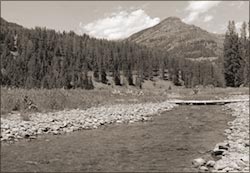 In 1902, the town of Cody was incorporated and Buffalo Bill Cody opened his famous “Hotel in the Rockies,” the Irma, named after his youngest daughter. In the same year, he induced the Burlington Railroad to build a spur into the new town and pioneered a road to the East entrance of Yellowstone National Park.
In 1902, the town of Cody was incorporated and Buffalo Bill Cody opened his famous “Hotel in the Rockies,” the Irma, named after his youngest daughter. In the same year, he induced the Burlington Railroad to build a spur into the new town and pioneered a road to the East entrance of Yellowstone National Park.
In 1903, the first Ranger Station built with Federal funds, Wapiti Ranger Station, was established 30 miles West of Cody. The Ranger Station now graces the National Register of Historic Places. The Wapiti Ranger District is bordered by the Bridger-Teton National Forest on the West, the Clark’s Fork Ranger District on the north. Its south and southeastern borders meet with the Wind River and Greybull Ranger districts. The name “Wapiti” comes from the Native American word for “elk."
In 1904, Buffalo Bill Cody built the Pahaska Lodge to serve tourists visiting Yellowstone. The term “Pahaska” meaning “Long Hair” was a name given to Buffalo Bill Cody by Native Americans and popularized in dime novels which made Cody famous. Today, East Yellowstone has a wide variety of accommodations such as dude ranches, guest ranches, lodges, inns, and historic, yet modern, log-cabin mountain resorts. Each property has different opportunities for recreations, scenery, and amenities, however, each provides the same high standard of Western hospitality that Cody had envisioned for this area.
To bolster the economy of the struggling new town, Buffalo Bill Cody persuaded his friend, President Teddy Roosevelt, to establish the Bureau of Reclamation and to build the Shoshone Dam and Reservoir, which was completed in 1910. Officials later renamed it the Buffalo Bill Dam and Reservoir. With the completion of the highest dam in the world at the time, the community was established soundly in the irrigation and electric power fields.
- 1930’s -
Cody continued to grow at a fast pace until World War I. The depression of the 1930s brought growth to a halt, but the area remained stable. By this time Buffalo Bill had passed on and the town was searching for ways to commemorate his life. The Cody Stampede and Rodeo was founded, along with the establishment of the Buffalo Bill Museum and erection of the famous statue of Buffalo Bill called “The Scout.” During this time the gas and oil interests were developed, producing a significant economic benefit to the community.

